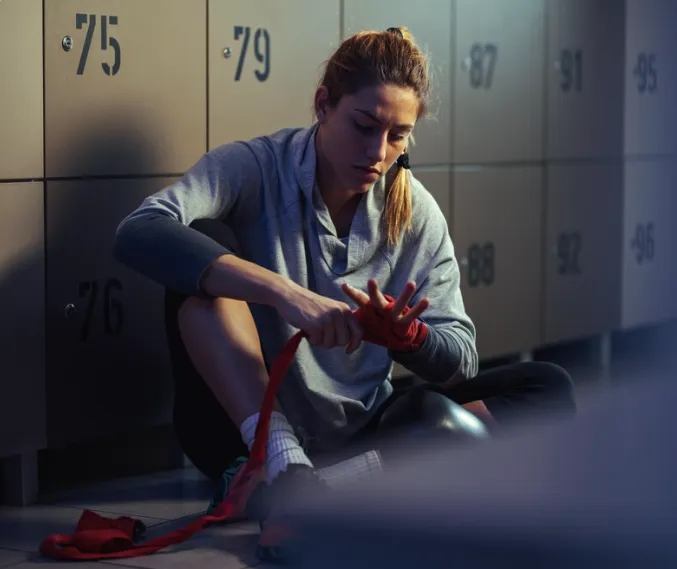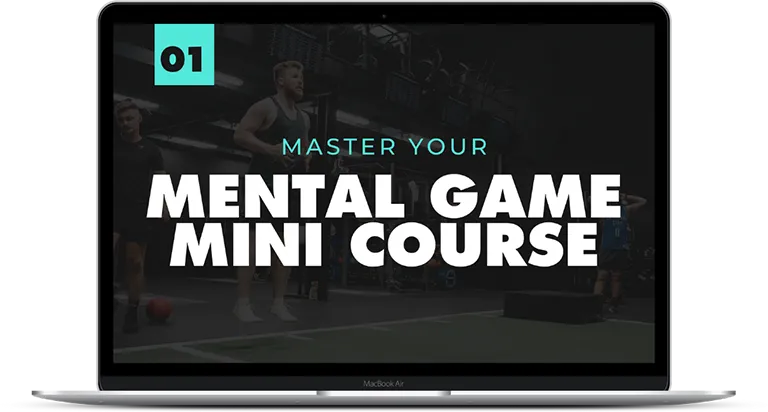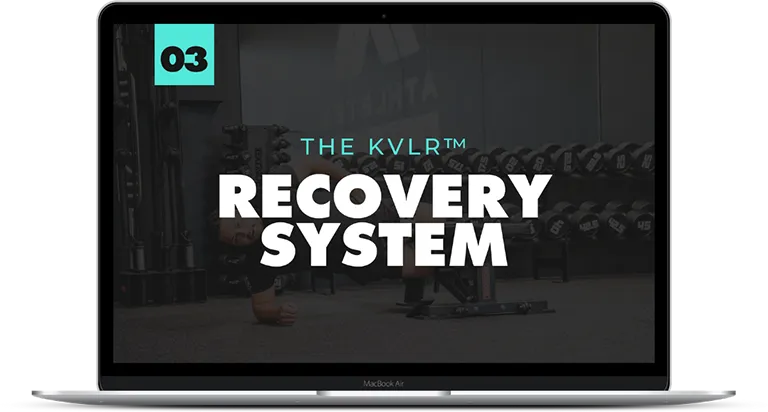Athletes Authority
Latest Blog & Insights

Is Your Training Program Holding You Back? Here’s What Today’s Athletes Need
In the age of data-driven performance and ever-evolving sports science, simply lifting weights and running drills won’t cut it.
Many athletes unknowingly follow outdated routines that fail to maximize their potential—and worse, might even be setting them back.
If you haven’t done an athlete program review lately, it’s time to ask: Is your training keeping up with what the modern athlete actually needs?
🚫 Signs Your Training Program is Holding You Back
• Too Focused on General Strength
Traditional compound lifts like squats and bench press are essential—but if they’re not integrated with power, speed, and agility, you’re just building strength with no application.
Strength without functionality won’t translate to better movement or faster reactions in competition.
• Lacks Sport-Specific Movement Patterns
Your body adapts to how you train. If your workouts don't mimic the direction, speed, and intensity of your sport, you're not preparing your body for real performance.
For example: Soccer players need acceleration and deceleration drills, not just barbell back squats.
• Poor Balance Between Training & Recovery
A high-volume, high-intensity program without structured recovery leads to burnout, chronic fatigue, and injury.
If your program doesn’t include mobility work, offload weeks, or regeneration sessions, it’s missing the bigger picture.
• No Regular Performance Testing
You can’t improve what you don’t measure.
Without baseline and progress tracking (e.g. sprint times, jump height, mobility assessments), you’re training blindly and risk plateauing without knowing why.
✅ What An Athlete’s Training Program Should Include
• Sport-Transferable Strength
Training that builds the strength, power, and movement qualities your sport actually demands—without just copying drills from the field. Focusing on developing the muscles, energy systems, and mechanics that translate into better performance when it counts.
For example:
Basketball players need lateral movement drills, vertical jump work, and change-of-direction agility.
Combat athletes benefit from rotational core work and grip strength drills.
The goal is to train your nervous system to respond like it would in a game or match.
• Strength with Purpose
Once you know what your sport demands, it’s time to train for it. That means selecting movements that target force production, stability, and coordination—not just aesthetics.
For example:
Olympic lifts for explosiveness
Single-leg strength for balance and control
Sled work and jumps to build force production
All lifts should improve sprinting, jumping, or body control—not just add mass.
• Built-In Recovery Strategies
A well-rounded plan includes:
Active recovery sessions
Daily mobility and movement prep
Sleep and hydration protocols
Mental recovery tools like breathwork or mindfulness
Recovery isn’t just rest—it’s training smarter to ensure consistent progress.
• Performance Testing & Feedback Loops
Modern programs use testing as a regular tool—not just a once-a-year evaluation.
This includes:
Vertical jump or broad jump tests
Sprint timing (10m, 40m)
Force plate assessments, if available
Video breakdowns for movement analysis
Combined with regular athlete check-ins, you get a complete feedback loop to adjust your plan in real-time.
🧠 Bonus: Mental Resilience Training
Today’s best athletes aren’t just physically elite—they’re mentally sharp.
Integrating mindset work helps improve:
Focus under pressure
Reaction time and decision-making
Emotional regulation during competition
This might include visualisation drills, competitive scenario simulations, or mindset coaching.
📌 Final Take
Your body changes with your training.
If your program is outdated, generic, or lacks regular assessment, it’s likely limiting your progress.
Today’s athletes need training that is precise, adaptable, and tailored to each individual. It prioritises not just strength, but also mobility, recovery, and mental performance.
Our resources

Master your mental game Mini Course
Discover the mindset strategies of the World’s Greatest Athletes so you can turn your mind into a weapon of performance.

THE ATHLETES AUTHORITY RECOVERY SYSTEM
Performance = fitness – fatigue. Reduce your fatigue and recover faster with our 3-step recovery system.
SYDNEY LOCATION
© 2023, Athletes Authority | All Rights Reserved
Website & Marketing Powered By Gymini

